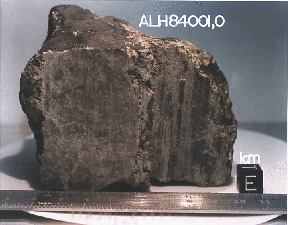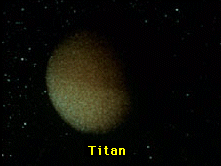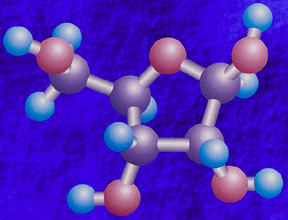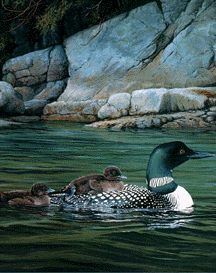This is an image of ducks - lifeforms on Earth.
Click on image for full size
Perfect Vision Graphics
Life on Earth
The Earth is very unique to our universe because it is the only planet known to have life . Our planet is the right distance from the sun so that it is possible for animals and plants to live. The first signs of life were blue-green algae and bacteria formed in the seas, and did not appear until 3.5 billion years ago. More complex plants and animals did not develop until 570 million years ago. There are about 1.3 million species of animals on Earth today and probably millions more that are unknown.
You might also be interested in:

Jupiter's atmospheric environment is one of strong gravity, high pressure, strong winds, from 225 miles per hour to 1000 miles per hour, and cold temperatures of -270 degrees to +32 degrees (freezing temperature).
...more
In July, 1996, it was announced that Dr. David McKay, along with a team of scientists at Johnson Space Center (a division of NASA), had discovered possible fossils of bacteria in an ancient rock from Mars.
...more
Saturn's atmospheric environment is one of strong gravity, high pressure, strong winds, from 225 miles per hour to 1000 miles per hour, and cold temperatures of -270 degrees to +80 degrees. With winds
...more
Titan's atmosphere is a lot like the Earth's, except that it is very cold, from -330 degrees to -290 degrees! Like the Earth, there is a lot of Nitrogen and other complex molecules. There also may be an
...more
Autotrophs are organisms that produce organic compounds from an inorganic source of carbon (carbon dioxide) given a source of energy. If the source of energy is the reactions of inorganic chemical compounds,
...more
In the warm primordial ocean, aggregates of amino acids, proteins, and other hydrocarbons coalesced into a form called *coacervates*. Organic polymers such as amino acids will spontaneously form coacervates
...more
Organisms that are able to make their own food (in the form of sugars) by using the energy of the Sun are called autotrophs, meaning "self-feeders". Photosynthesis is the name of the process through which
...more














